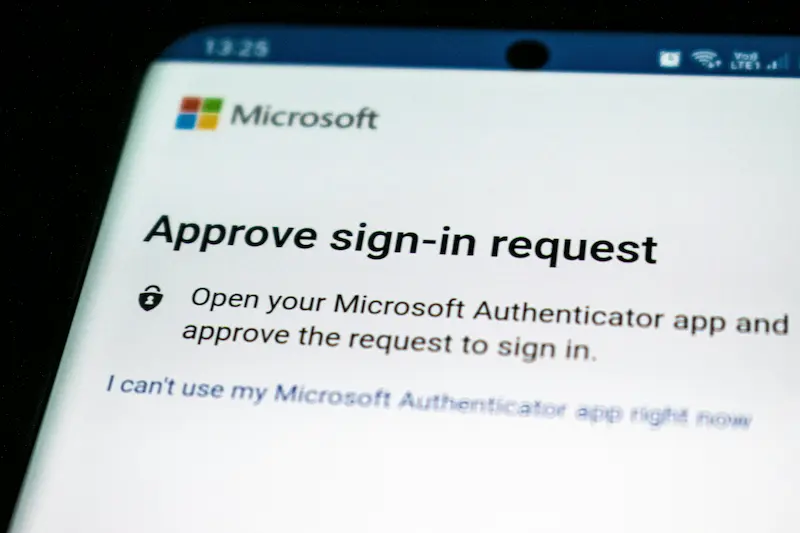Active Directory (AD) is a powerful tool for managing and organizing resources within a network. It provides centralized authentication, authorization, and accounting services, making it a cornerstone for IT infrastructure in many organizations. Implementing Active Directory involves several steps, including setting up the domain controller, configuring organizational units, creating user accounts, and applying security policies. In this article, we’ll explore how to implement Active Directory, discuss essential security policies, and highlight additional common actions beyond group policy and user account creation.More
Creating and Deploying OS Images in an Enterprise Environment
In an enterprise environment, the need to deploy operating systems (OS) quickly and consistently across multiple devices is crucial. Image installation of an OS is an efficient method that ensures all systems are uniformly configured, thus reducing setup time and ensuring consistency across the network. This article will guide you through the process of creating an OS image and deploying it to multiple devices within an enterprise environment.More
VPN Solutions in Enterprise Environments: Common Software and Protocols
In the enterprise setting, Virtual Private Networks (VPNs) play a critical role in securing remote access and ensuring secure communications between different locations. With the increasing trend of remote work and the need for secure connections to centralized resources, VPNs have become indispensable for businesses. This article explores the common software and protocols used in enterprise VPN solutions, highlighting the benefits and use cases of each.More
Understanding TACACS+ and RADIUS: Authentication Protocols in Network Security
In the realm of network security, controlling and managing access to network resources is paramount. Two commonly used protocols for this purpose are TACACS+ (Terminal Access Controller Access-Control System Plus) and RADIUS (Remote Authentication Dial-In User Service). Both play crucial roles in authenticating, authorizing, and accounting (AAA) for network access, yet they have distinct characteristics, advantages, and disadvantages.More
Comprehensive Guide to Backup Strategies and Rotation Schemes for Enterprise Environments
In the digital age, data is the lifeblood of enterprises. Ensuring its integrity and availability through effective backup strategies is critical. This article explores various backup methodologies—incremental, differential, and synthetic full backups—and rotation schemes like 3-2-1, Grandfather-Father-Son, and Round Robin. We’ll delve into how to perform these backups, restore them, and implement these strategies in an enterprise setting.More
NTFS vs. Share Permissions: Understanding the Differences
When managing file and folder access in a Windows environment, understanding the distinction between NTFS (New Technology File System) permissions and share permissions is crucial. Both types of permissions control access to resources, but they do so in different contexts and with different scopes.More





